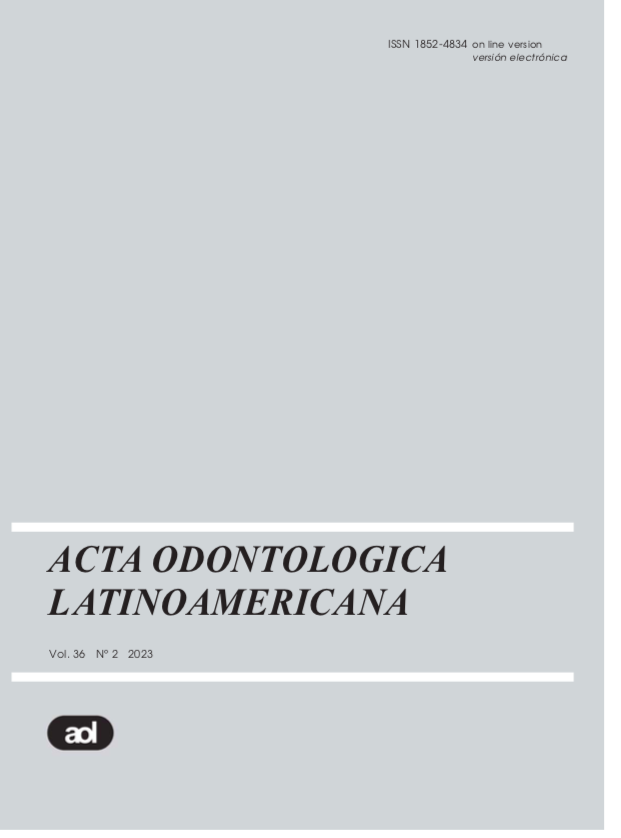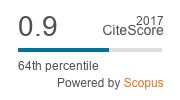Fluoride in drinking groundwater and prevalence of fluorosis in children and adolescents: A systematic review
Keywords:
fluoride - groundwater - fluorosis - childrenAbstract
Fluorosis is a worldwide public health problem. One of the factors related to it is the type of water consumed, such as groundwater. High fluoride concentration in groundwater may be explained by contamination from local industries. Since fluoride and arsenic are the main pollutants of groundwater, some studies correlate groundwater consumption with high prevalence of fluorosis. Aim: The aim of this study was to conduct a systematic review to determine whether children’s risk of fluorosis is related to drinking groundwater. Materials and Method: The protocol for this systematic review was registered at the National Institute of Health Research Database (CRD42021227298). A comprehensive search was conducted to identify potentially relevant studies by exploring a range of electronic databases (Medline via PubMed, Scopus, Cochrane Library, Science Direct, Web of Science Core Collection, Medline via Ovid, Lilacs, Embase, and grey literature). Results: A total 2189 articles were found. After reading titles and abstracts, 63 were selected for screening, and the final data was extracted from 15 articles. Conclusion: A relationship was identified between drinking fluoridated water from wells and the prevalence of fluorosis in individuals up to 18 years old. This is the first study to assess the issue systematically worldwide.
Downloads

Downloads
Published
Issue
Section
License

This work is licensed under a Creative Commons Attribution-NonCommercial 4.0 International License.
This work is licensed under CC BY-NC 4.0






